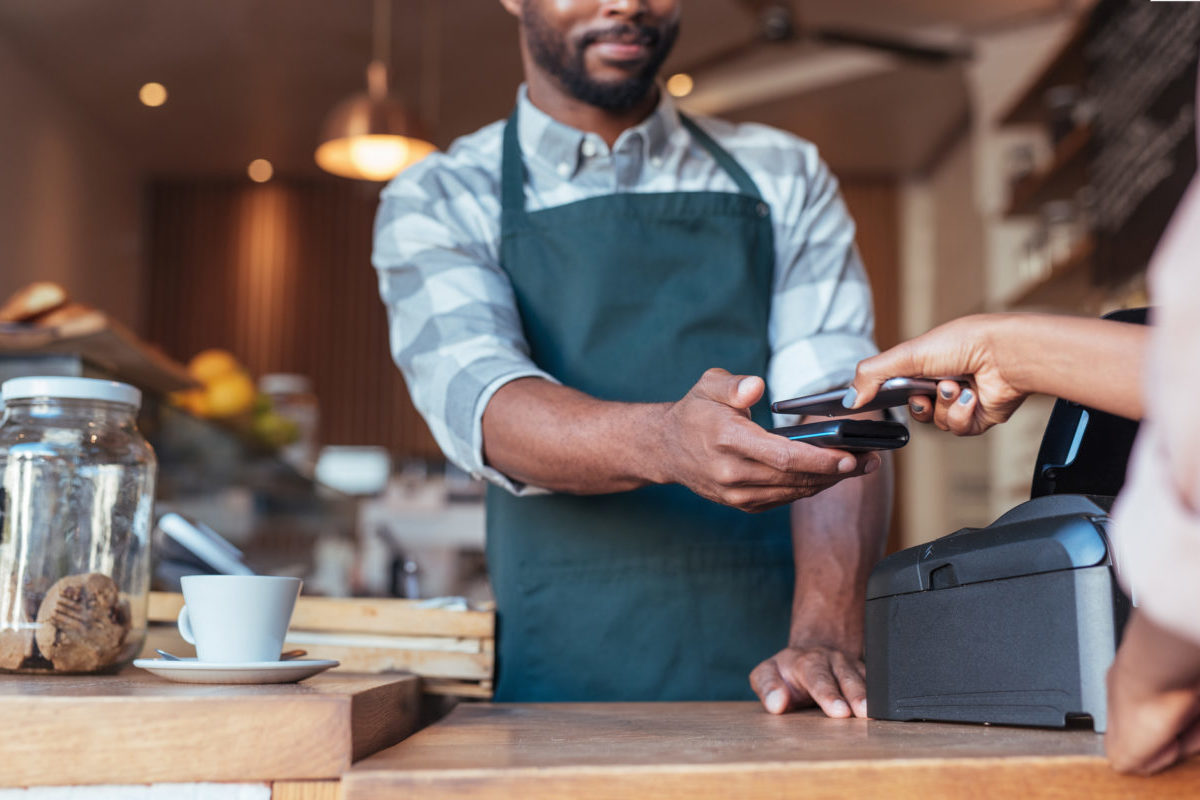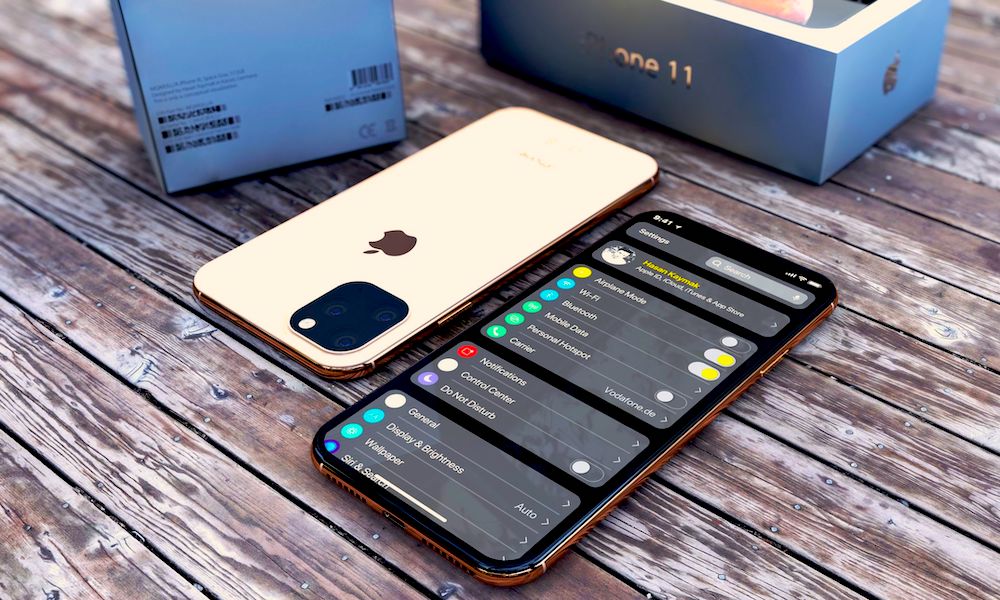Using Loyalty Programs to Up Your App Game

March 28, 2019 | Article written by Carly Morris
Loyalty programs have been around for a long time. But, as app advertisers try to set themselves apart from competitors, these programs are evolving into an entirely new beast.
In recent years, heavy-hitters like Starbucks, Lyft, Uber, and Sephora have all turned toward in-app loyalty programs as an effective way to convert and retain app users and brick-and-mortar customers alike. So, let’s take a look at why loyalty programs are so important, who’s doing them right today, and how you can start implementing your very own system.
Why Are Loyalty Programs So Effective?
While loyalty programs are a great incentive for new customers, they’re equally important to retaining your existing customers as well. Consider this:
● The Cost of Conversion Vs Retention
It’s estimated that the cost of acquiring a new customer is 5-25X higher than retaining an existing one. Plus, sales opportunities for current users run at an impressive 60-70%.
● Current Customers Spend More
On average, returning customers spend 67% more than brand-new shoppers.
● People Love Rewards
At the end of the day, loyalty programs simply work. Today, a full 84% of consumers say they’re more likely to stay loyal to a brand if it offers a loyalty program.
What Kinds of Loyalty Programs Are There?
While the right program for your brand depends on your unique product or service offering, there are a few standard systems that tend to work well across the board. Here’s a simple breakdown on how they work:
● Points-Based:
Each purchase equates to a certain number of points, which can later be cashed in for a free product, service, or discount.
● Tiered:
Tiered options build off a points-based program, effectively incentivizing customers to earn more points and “level up” for bigger, better rewards. For example, 100 points may give you a free drink, but 500 points grants you a free meal.
● Paid Programs:
Certain loyalty programs are simply a fee that customers pay periodically to receive more perks. Think: early access, VIP benefits, expedited service… you name it!
● Value Exchanges:
Value exchange programs seek to drive consumer loyalty in alignment with a brand’s own corporate social responsibility structure. A great example of this is TOMS “One for One” model, which wins the brand countless loyalists with its cause-based model.
How Are Top Brands Using Loyalty Programs?
One easy way to conceptualize a strong loyalty program is to take a look at who is already doing it well. So, without further ado, here are a few big ideas to help you get inspired:
● Sephora
Sephora wins big by making its loyalty program simple. Sephora’s rewards program teaches advertisers that one of the best ways to integrate a loyalty program is to eliminate the outdated punch card, and instead automatically record a customer’s rewards status on their behalf.
● DSW
DSW sets reminders to opt in for loyalty rewards. Much like Sephora, DSW tracks customers’ purchases and rewards, and expertly shares reminders that encourage them to come back and take advantage of their rewards in a timely manner.
● Starbucks
Starbucks leverages its loyalty program to improve business with data. By using a designated app for purchases and rewards, the company can easily track customer behavior and develop bespoke engagement strategies around that data. The Starbucks app also makes it easier for customers to shop by allowing them to complete brick-and-mortar purchases without ever even needing to leave the app.
● The North Face
The North Face offers diversity in how customers can acquire and apply their rewards. This unique program allows shoppers to earn points by doing more than just making purchases. Here, they can accrue points by doing things like attending company events, and later cash them in for special travel experiences or new products.
Loyalty programs are all about the perks. And, though it may look like all the rewards are on the customer-side, brands also stand to gain from these programs in a big way – whether in brand loyalty, user acquisition, audience retention, new purchases, or any other core business goal.
Whatever the outcome you’re looking for, creating a user loyalty program is a great way to get there.


